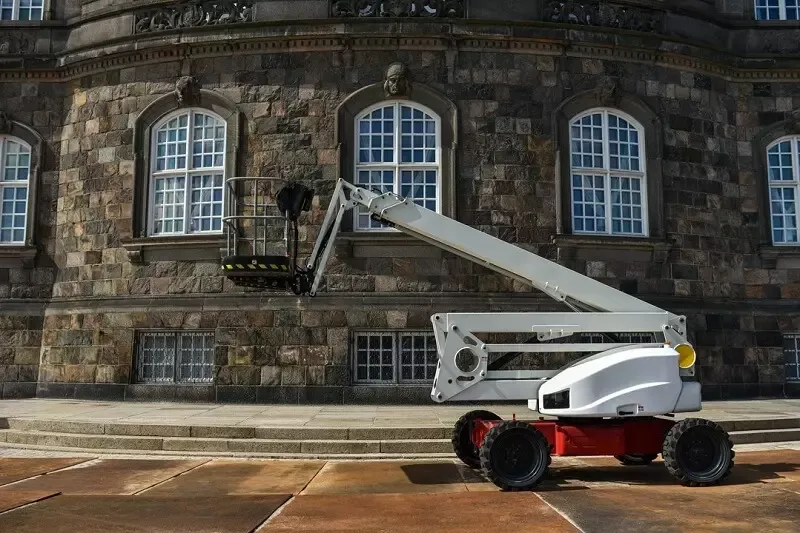Ways of building self-propelled robots
In an era of advancing automation and growing industrial needs, self-propelled robots are gaining popularity, and their share in production, industrial and logistics processes in many sectors of the economy is increasing. An extremely important element in the structure of such robots is their housings, which are designed not only to protect the internal components of the machines, but also to enhance their aesthetics. What materials are they usually made of?
What materials can be used to construct self-propelled robots?
When selecting the material for the construction of a self-propelled robot, several issues should be taken into account. It must be durable, lightweight and aesthetically pleasing. Various materials that meet these criteria are available on the market. One of the most popular is aluminium, which has good thermal conductivity, does not corrode, and is durable and lightweight. Stainless steel is also used for these purposes. Although it is not light, it is very durable and resistant to corrosion and chemicals. lift. 
Laminate — the perfect material for self-propelled robot housings
Manufacturers of housings for self-propelled robots also use plastics. One of them is polyester-glass laminate, which we use in the production of bodies. It is even considered to be one of the best materials for making robot housings. Thanks to its layered structure, polyester laminate guarantees extremely high strength, resistance to mechanical damage, and resistance to weather conditions and water.
Laminates are exceptionally light, so they do not unnecessarily increase the total weight of the device. Housings manufactured from polyester laminates are also flexible, which facilitates their assembly and disassembly. Furthermore, laminate can have an aesthetic appearance, and by using different pigments for its top layer, any colour combination and visual effects can be achieved.



